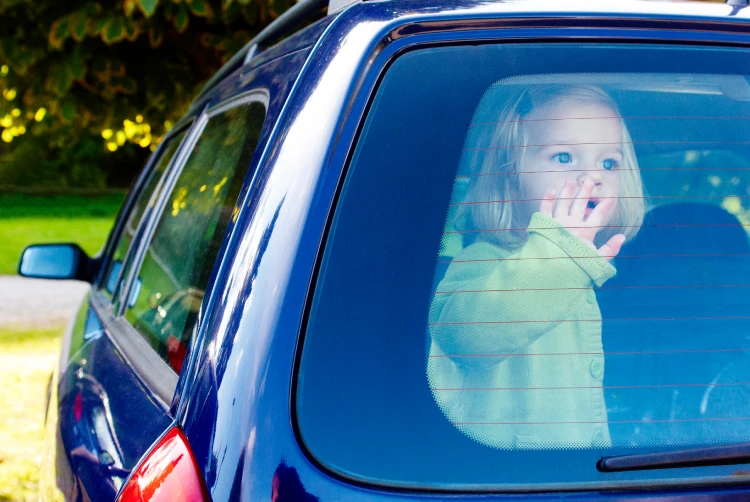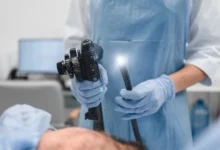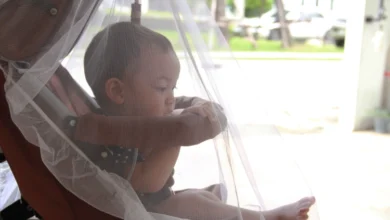How Three LSU Students Turned a College Project Into a Potential Solution for Hot Car Fatalities
Student-designed car seat alert system could help reduce the number of child heatstroke deaths in the United States

Across the United States, heat-related fatalities of children left in parked vehicles continue to occur year after year. Since tracking began in 1998, nearly every state has recorded at least one such fatality. The figures have remained alarmingly steady, with an average of 37 children under the age of 15 dying annually from heatstroke in cars. In 2018 and again in 2019, that toll reached a record high of 53. As of the middle of 2025, six cases of hot car fatalities have already been reported.
A Deadly Pattern That Repeats Every Summer

In over half of these incidents, the child is unintentionally left behind by a caregiver. These incidents do not typically result from neglect or recklessness. Often, they are the result of routine and distraction intersecting in a devastating way. In many cases, the child falls asleep in the backseat, and the caregiver continues on autopilot, unaware that the child is still in the car.
High stress, changes in routine, and fatigue are all contributing factors that can disrupt memory in dangerous ways.
From Classroom Idea to Working Prototype
That is the context behind an engineering capstone project completed by three students at Louisiana State University. Victoria Irondi, Nnamdi Dike, and Trevor Perrault created a smart car seat alert system designed to notify a caregiver when a child is left unattended in a vehicle.
Their design uses weight sensors in the seat and proximity sensors to track the caregiver’s distance. If the adult moves too far away, the system sends a Bluetooth signal to a handheld fob and triggers an alert.
The project was not just a classroom exercise. The idea originated with David Jenks, a sponsor of the capstone initiative, whose family friends had experienced a tragedy the previous summer. The students collaborated closely, shared code, tested prototypes, and refined their design over the course of several months.
Support From Safety Experts and Plans for the Future
Their work received recognition at the annual Child Passenger Safety Conference held in Baton Rouge on June 10.
Safety experts attending the conference, including certified child seat technicians and national advocates, praised the project for its practical design and potential affordability.
The students see this as only the beginning. With graduation behind them, they are now working on refining the technology. Planned improvements include enhancing sensor accuracy, reducing energy consumption, and designing a smaller form factor that can be more easily integrated into standard car seats. They are also exploring commercial partnerships and funding options for mass production.
Although the device is still a prototype, it represents something larger. It shows how student-led innovation, when directed toward real-world problems, can fill important gaps in public safety.
While federal regulations and automotive manufacturers have explored various solutions to hot car fatalities, a market-ready, affordable alert system is still not a standard feature in most vehicles.
Capstone projects, once purely academic, are increasingly used as platforms for applied problem-solving. In this case, the result is a tool that could directly prevent fatalities.
[Source]








